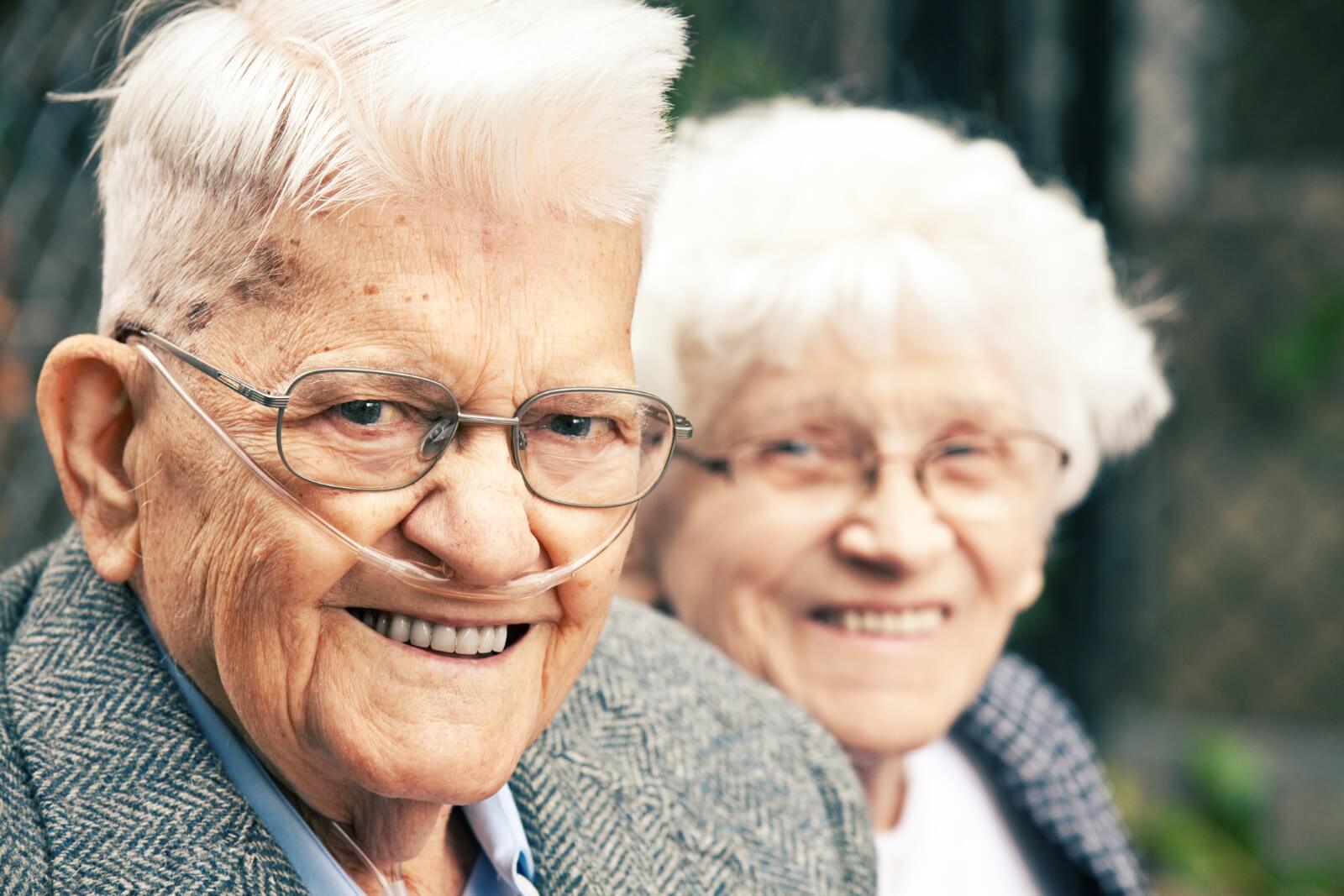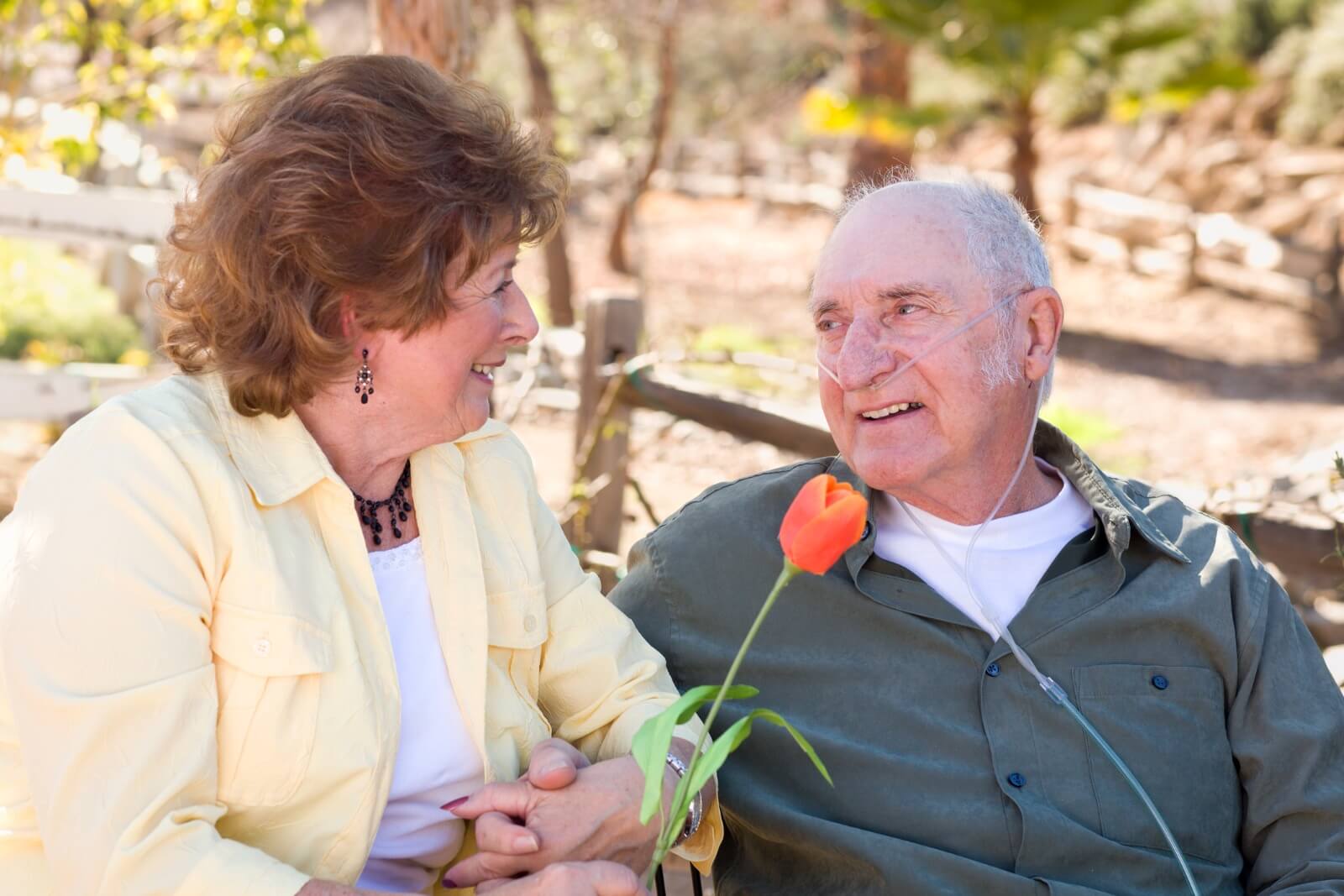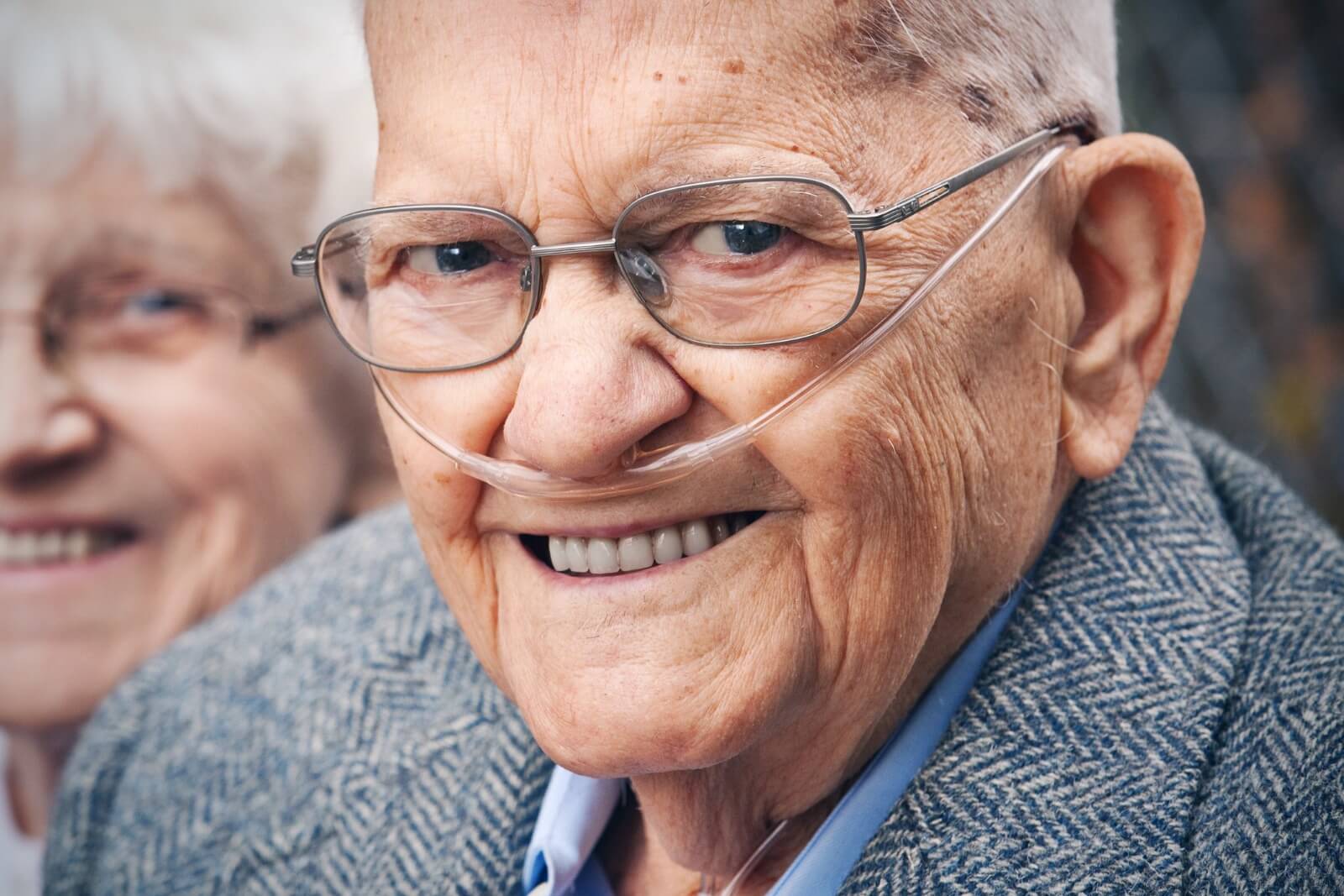
Oxygen concentrators may be prescribed for people with certain medical conditions that make breathing difficult, like COPD or emphysema, to help them get the oxygen their bodies require. Even though these devices have many health and quality-of-life benefits, using one can sometimes feel inconvenient, especially if you like to travel. Whether you want to take a weekend road trip, fly around the world, or simply run errands and go to appointments, these tips will help you be prepared so you can continue to use your oxygen concentrator while on the go.
Choose an oxygen concentrator designed for portability
When purchasing a machine, you may have the choice between a portable or home oxygen concentrator. Portable oxygen concentrators make traveling easier for people who don’t have high oxygen needs. They are typically compact and lightweight and can be carried in shoulder bags, hip bags, or backpacks. They run on rechargeable batteries without the need for an electrical outlet (except when charging).
Most portable oxygen concentrators are FAA-approved, so you can bring your device on an airplane, which is especially convenient for people who love to travel.
Consider your travel mode and oxygen needs
Consider your preferred travel mode and oxygen needs when deciding on a portable oxygen concentrator. Here are a few things to keep in mind:
- If you’re traveling by car, bus, or train and have moderate to high oxygen needs, a larger portable machine that offers continuous-flow oxygen might be a good choice. For example, the O2 Concepts Oxlife Independence is larger than other portable models, but it’s a powerful portable device that can provide sufficient oxygen for people with higher needs.
- If you often travel by plane, consider a portable concentrator with a long battery life so you don’t have to charge your machine mid-trip. The CAIRE FreeStyle Comfort is a great choice because the optional 16-cell battery can last up to 16 hours.
- If you like hiking, biking, and traveling on foot, a small O2 concentrator will be most convenient. The Inogen One G4 is so small it can fit in the palm of your hand, so you’ll barely notice it’s there while you’re active. It comes with a carrying bag, but Inogen also offers a hip bag and a backpack for purchase, which can make getting around even easier.
Be prepared with extra batteries
The battery life of different portable oxygen concentrators can vary widely. Your oxygen setting also affects battery life, as higher settings drain the batteries more quickly.
Know your machine’s battery life, and plan ahead with the right number of extra batteries for your trip. You can also upgrade to extended batteries, which last longer before needing a recharge.
Make sure you have the right adapters and battery chargers
If your travels take you away from home for a long period of time, it’s a good idea to make sure you have the right adapters and battery chargers. Here are four different types that you may want to have with you:
- All portable oxygen concentrators come with an AC charger to plug your machine or batteries into a wall outlet. Most devices allow you to use your oxygen concentrator while it’s plugged in and charging the battery.
- Most portable oxygen concentrators also come with a DC charger that allows you to power your device and charge the battery when you’re on a boat or in the car.
- If you travel internationally, consider purchasing a device that has the option to use a specialized international travel adapter, like the CAIRE Eclipse 5. If you have a different machine, check with the manufacturer before purchasing an adapter. It’s important to know the voltage rating of your concentrator and the power standards at your destination before purchasing a converter and plug adapter.
- A desktop battery charger can be convenient for long trips. They allow you to charge additional batteries that are not installed in your device. Another option is the Belluscura X-PLOR. The batteries plug directly into a wall outlet with an AC cord, eliminating the need for an extra charging device.
Upgrade your oxygen concentrator carrying bag
Many oxygen concentrators come with a shoulder bag, but you may want to upgrade to a different bag, depending on the kind of traveling you do.
- Consider purchasing a backpack if you do a lot of walking or biking or if you want extra space for batteries and personal items. For example, Philips offers a stylish backpack for their SimplyGo Mini, but many other brands offer backpacks as well.
- For some very small oxygen concentrators, like the Inogen One G4, you can purchase a hip bag, which is worn like a fanny pack.
- You can also find bags made by third parties, like O2Totes. These carrying bags are specifically made to accommodate the most popular brands and models. Some feature stylish patterns to match your aesthetic.
Be prepared to maintain your machine on the go
Portable oxygen concentrators require regular maintenance. It’s important to follow this maintenance schedule even when you’re on the go.
Here are a few things to make caring for your machine easier if you plan to be away from home for a week or more:
- Bring at least one extra filter so you don’t have to wait to use your machine until your filter is dry after cleaning it.
- Bring an extra nasal cannula so you can wait to clean your other cannula when you return home.
Make sure you’re prepared when traveling with an oxygen concentrator
Traveling with an oxygen concentrator takes a little extra work than traveling without one, but it shouldn’t prevent you from getting out and doing the things you love. With the tips on this list, you can use your oxygen concentrator no matter where your travels take you.








